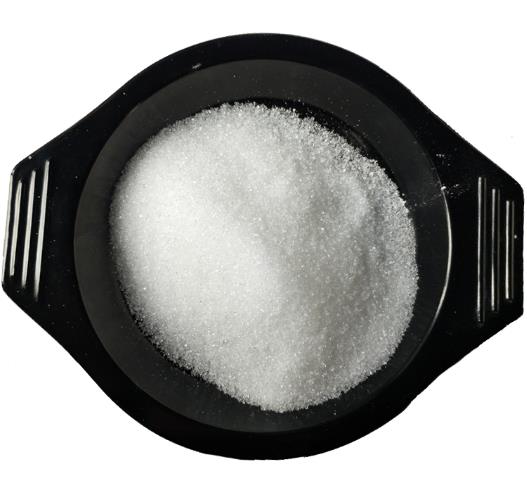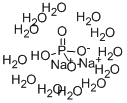Disodium Phosphate Dodecahydrate: An In-Depth Analysis
Oct 23,2024
Introduction
Disodium Phosphate Dodecahydrate is a kind of widely used chemical compound with significant applications across various industries. As a versatile and essential substance, it holds a prominent place in the field of chemistry, serving functions that range from food preservation to water treatment. This article delves into the applications of disodium phosphate dodecahydrate in materials.
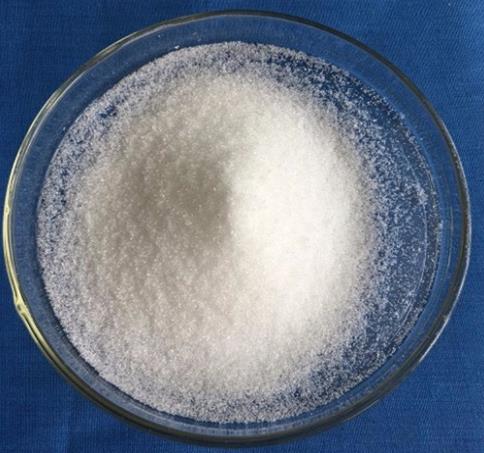
Figure 1 Characteristics of Disodium Phosphate Dodecahydrate
Phase change materials (PCMs)
Owing to the increase in population and demand for thermal comfort, building energy consumption is expected to increase steadily, half of which is energy consumed by air conditioning systems. Air conditioning systems can adjust indoor temperature to thermal comfort by releasing cold or warm wind. The increased demand for air conditioning systems will have a negative impact on the environment because of the emission of harmful gases. Phase change materials (PCMs) can achieve indoor thermal comfort by absorbing or releasing heat, when indoor temperature is too high or too low, respectively. Large latent heat of PCMs can provide heat storage and cold storage capacities to maintain indoor thermal comfort. Besides, most PCMs have low thermal conductivity which can also play the role of thermal insulation materials for buildings. Therefore, PCMs can reduce the air conditioning system workload by absorbing and releasing thermal energy. The applications of PCMs have been studied for air source heat pumps, floor heating, and building envelopes. Thermal insulation layers using PCMs can reduce the effect of outdoor temperature on indoor temperature. Additionally, they store thermal energy at high temperatures and release it at low temperatures to heat the rooms.1
PCMs are categorized as inorganic and organic. For organic PCMs, such as paraffin and fatty acids, it is difficult to meet the requirements of building materials for nontoxicity, nonflammability, and nonirritating odors. In contrast, inorganic PCMs, mainly salt hydrates, having outstanding performances with low cost and high thermal capacity, exhibit enormous potential in the building energy conservation fields. However, salt hydrates suffer from supercooling and phase separation, which limit their practical applications. Currently, many researchers are focusing on addressing these defects. The most common methods are compositing with porous supporting materials and modification with nucleating agents.1
Effect of Disodium Phosphate Dodecahydrate
Wettability
High wettability can reduce the possibility of salt hydrate leakage in matrices. The contact angle is considered to be an efficient criterion in the study of wettability. The EV particles were compressed into thin slices with a length of 45 mm, a width of 30 mm, and a height of 1 mm under a pressure of 8 MPa to test the contact angles between the salt hydrates and EV. The contact angle decreases from 56 to 45° after adding GO. This indicates that GO can reduce Disodium Phosphate Dodecahydrate surface tension. The low surface tension makes the flow of the salt hydrates difficult in the matrix pores to obtain shape-stable composite PCMs.1
Supercooling and Phase Separation
Phase separation is present in the melted salt hydrates and supercooling during the solidification process. The effect of GO on Disodium Phosphate Dodecahydrate phase separation and supercooling degrees was studied by observing the melted salt hydrates and the temperature variation (high to low) of the melted salt hydrates, respectively. The Disodium Phosphate Dodecahydrate(DHPD)–GO cooled more slowly than pure DHPD, because the natural convection of melted DHPD was reduced by GO, which is beneficial when forming shape-stable PCMs. The decrease in the cooling rate indicates that the salt hydrate with GO has a stronger resistance to rapid temperature drop than pure DHPD. The supercooling degree of DHPD, DHPD–0.1% GO, DHPD–0.2% GO, DHPD–0.3% GO, and DHPD–0.4% GO was 10.8, 14.9, 11.3, 11.8, and 10.3 °C, respectively. Because the supercooling degree of salt hydrates would be increased by the decrease of the temperature cooling rate, it can be only considered that GO lessened the crystallization drive force when the weight fraction is 0.4 wt %.
The Disodium Phosphate Dodecahydrate time–temperature curve shows that the absorption and release of heat by the PCM proceeds at 32 and 22 °C, respectively, which keeps the indoor temperature comfortable for human habitation. By increasing the GO weight fraction, the supercooling degrees of the salt hydrates can be reduced. Both DHPD and DHPD–GO salt hydrates exhibit no phase separation after 10 melting/crystallization thermal cycles.1
References:
[1] KAIYUE HUANG. Effect of Graphene Oxide on Phase Change Materials Based on Disodium Hydrogen Phosphate Dodecahydrate for Thermal Storage[J]. ACS Omega, 2020, 5 25: 14857-15762. DOI:10.1021/acsomega.0c01184.
- Related articles
- Related Qustion
1,7-Dimethylxanthine is a naturally occurring alkaloid compound that can enhance alertness and reduce drowsiness.....
Feb 27,2025APIPhenacetin, a painkiller, was the world's first synthetic pharmaceutical drug. It was one of the first painkillers that was not derived from opium while at the same time being absent of anti-inflammatory qualities.....
Oct 31,2024APISodium phosphate dibasic dodecahydrate
10039-32-4You may like
- Recent research advances of tin(II) fluoride
Apr 18, 2025
- Tetraethylammonium bromide: properties and toxicity
Apr 7, 2025
- Synthesis of hafnium oxide nanomaterials
Feb 19, 2025
Sodium phosphate dibasic dodecahydrate manufacturers
- Disodium Phosphate Dodecahydrate
-
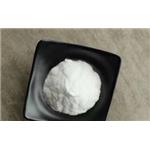
- $3.60 / 1kg
- 2025-04-24
- CAS:10039-32-4
- Min. Order: 1kg
- Purity: ≥99%
- Supply Ability: 3000tons/month
- Sodium phosphate dibasic dodecahydrate
-
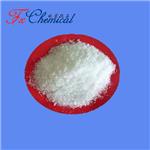
- $0.00 / 1KG
- 2025-04-24
- CAS:10039-32-4
- Min. Order: 1KG
- Purity: 99.5%
- Supply Ability: 20tons/month
- Sodium phosphate dibasic dodecahydrate
-
- $10.00 / 1KG
- 2025-04-23
- CAS:10039-32-4
- Min. Order: 1KG
- Purity: 99%
- Supply Ability: 20 mt





